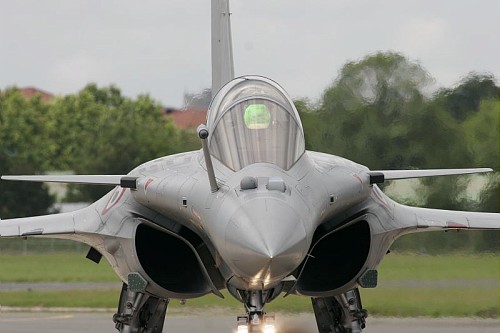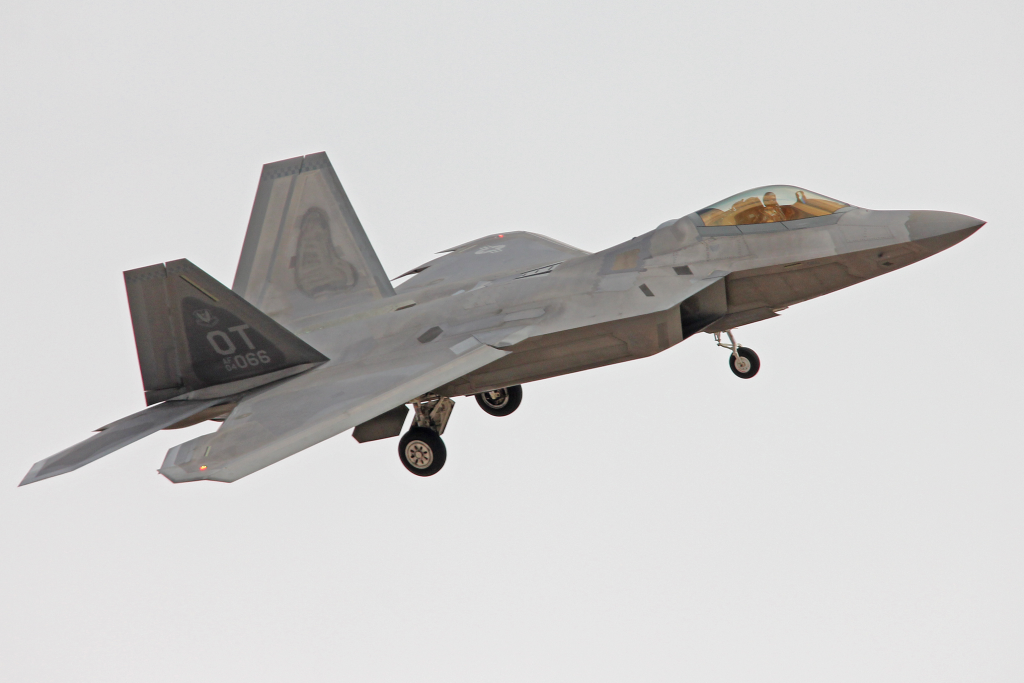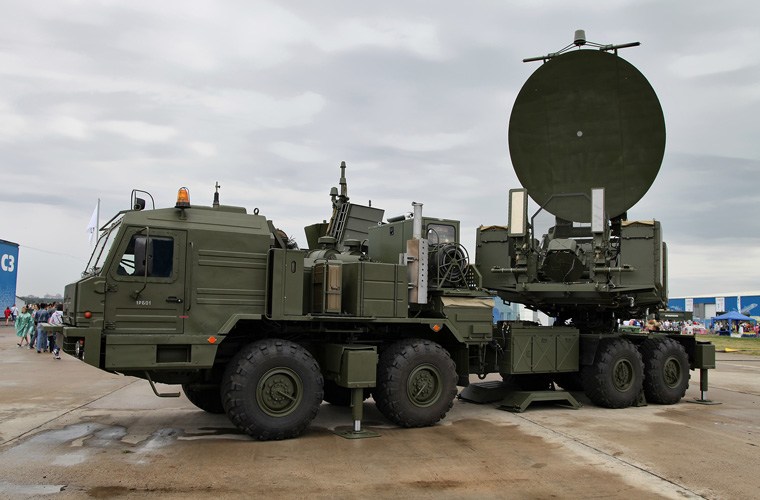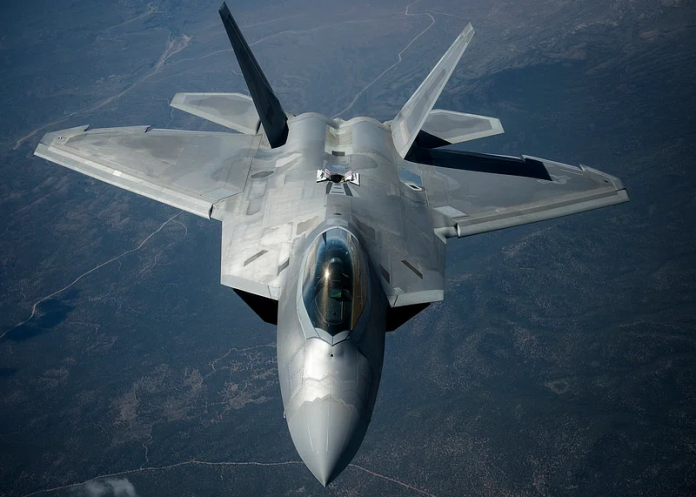
But what happens when the most advanced U.S. Air Force fighter faces adversaries deploying quantum radars, long-range missiles, and integrated air defenses, with its successor years away? The answer lies in an elaborate campaign that keeps the F-22 Raptor relevant until the sixth-generation Boeing F-47 enters into operational service. This is no cosmetic refresh but a multi-layered strategy that covers stealth preservation, sensor innovation, electronic warfare upgrades, and expansion of the fleet.
The Fiscal Year 2026 budget allocates $90.34 million for the “Viability” package-a set of enhancements to counter China’s J-20 and Russia’s Su-57 as NGAD works its way into the fight. The Air Force is buying time-but not at the expense of deterrence-rather, next-generation systems, refinement of sustainment practices, and even conversion of training aircraft into combat-ready jets. Here are nine pillars of that plan, each crucial to ensuring the Raptor remains a decisive asset in contested skies.

1. Stealth Sustainment and Signature Management
Central to the F-22 survivability is the maintenance of the aircraft’s low radar cross-section. The viability program was invested in advanced radar-absorbing materials, plus improved repair techniques and precision inspection regimes, in order to maintain stealth performance across decades of operational wear. Recently semisecretive tests of mirror-like coatings on stealth aircraft hint at enhancements to come but their operational use remains classified.
This involves infrared signature reduction, too, as opponents have begun to increase their use of IRST systems in an attempt to detect stealth aircraft. The measures ensure that the Raptor’s invisibility extends into most detection spectrums, countering emergent passive sensing threats without sacrificing aerodynamic efficiency.

2. IRDS Integration
The distributed TacIRST sensors will form the backbone of a new Infrared Defensive System, supplanting legacy missile launch detectors with a passive, 360-degree infrared threat warning suite. In the words of Hank Tucker, Lockheed’s vice president of Missions Systems, “We understand the need for sophisticated and flexible infrared systems like the IRDS… making pilots more resilient and lethal against both current and future adversaries.”
IRDS detects long-range air-to-air and surface-to-air missile launches without the emission of radar energy and thus provides decisive advantages in high-electronic-warfare environments. Open architecture allows for integration with other platforms, ensuring cross-domain interoperability.

3. Podded IRST Capability
Complementing IRDS, the Air Force is installing a low-visibility underwing IRST pod on the F-22. This system provides passive detection of stealthy air threats immune both to jamming and radar countermeasures. Networked IRSTs on multiple aircraft can triangulate target range in real time to provide engagement-quality tracks.
The podded approach avoids expensive airframe redesigns but delivers capabilities similar to the F-35 Electro-Optical Targeting System. It is this dual-layer infrared detection-embedded sensors plus podded arrays that positions the Raptor to dominate in environments saturated with electronic warfare.

4. Low-Drag Tanks and Pylons (LDTP)
Extended range is crucial for Pacific theater operations. The LDTP package adds stealth-optimized external fuel tanks and smart rack pneumatic pylons for supercruise with minimal drag. As budget documents explained, these designs “facilitate supersonic flight with external tanks and extend the range of the F-22” while preserving lethality.
This rectifies one important deficiency with China’s J-20, thought to have greater unrefueled range. LDTP bolsters deterrence and operational flexibility through increased persistence without sacrificing stealth.

5. Introduction to Helmet-Mounted Display (HMD)
A helmet-mounted display, long absent from the F-22, is now part of the upgrade path. The Thales Scorpion HMD will provide pilots with off-boresight targeting and improved situational awareness and will tie in seamlessly with refreshed sensor fusion software. This is common in other fifth-generation fighters and allows pilots to react quicker against dynamic threats and employ high off-boresight missiles more effectively, thereby directly improving kill probabilities in close combat.

6. Electronic Warfare Suite Modernization
Upgrades are ongoing for the AN/ALR-94 digital EW system to automatically detect and counter emergent threat waveforms. This modernization will offer large gains in survivability against advanced integrated air defense systems and adversary electronic attack. Coupling improvements in EW with passive sensing, Raptor will go further into contested airspace and retain first-look, first-shot, first-kill advantages against adversaries employing advanced jamming techniques.

7. Open Mission Systems Architecture
Software-defined avionics are coming online to accelerate capability integration. This open architecture facilitates fast updates of sensors, weapons, and mission systems, cutting development cycles while future-proofing the fleet. Says OJ Sanchez with Lockheed’s Skunk Works, that means the F-22 can “see, and shoot, and go farther” while enabling crewed-uncrewed teaming, an emerging operational concept wherein Raptors coordinate with autonomous drones for extended reach and distributed lethality.

8. Block 20 Conversion to Combat-Coded Status
Meanwhile, the Air Force is weighing upgrades for 35 older Block 20 F-22s currently used as trainers. If their airframes are modernized with viability package elements, this could swell the combat-coded fleet by over 20 percent-from 143 to a possible 175 jets. Congress has supported keeping these aircraft flying, citing their strategic value. Upgrading them would add depth to the force as NGAD ramps up and ensure adequate air superiority assets in any high-tempo contingency.

9. Industrial and Strategic Synergy with NGAD
The viability program keeps workstreams running for Lockheed Martin, BAE Systems, Collins Aerospace, and depot partners while acting as a technology bridge to the F-47 NGAD. Advanced technologies matured on the Raptor, such as advanced RAM coatings, infrared sensors, and modular integration, will inform sixth-generation designs. This bidirectional transfer reduces risk for NGAD and keeps the F-22 a credible deterrent.
Should NGAD timelines slip, the upgraded Raptor fleet can absorb the operational burden without generating capability gaps. The F-22 viability plan is less about transforming the Raptor into a sixth-gen fighter than it is about maximizing its combat value during a critical transition. By reinforcing stealth, expanding sensor reach, modernizing electronic warfare, and increasing fleet depth, the Air Force ensures the Raptor holds the line until the F-47 arrives in numbers. In so doing, it preserves strategic continuity, deters near-peer aggression, and maintains the technological edge defining U.S. air dominance.


